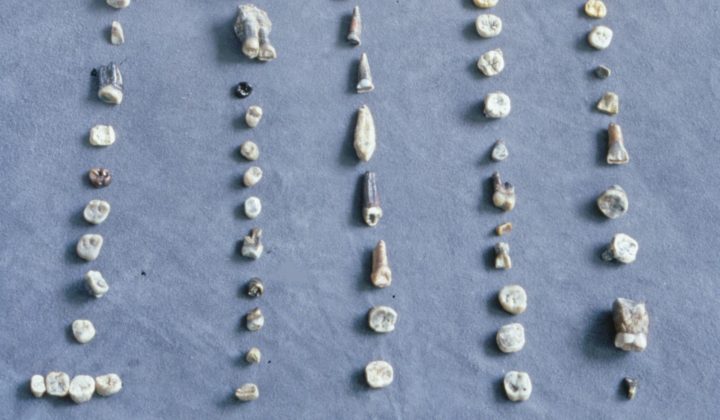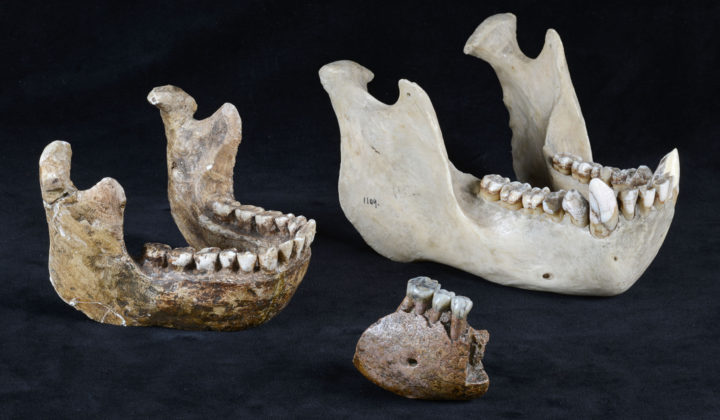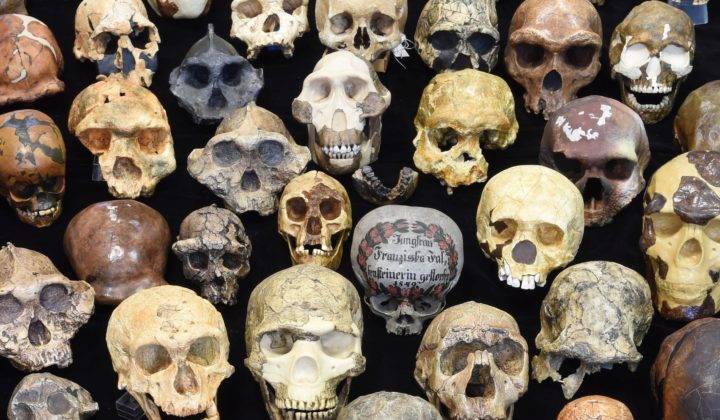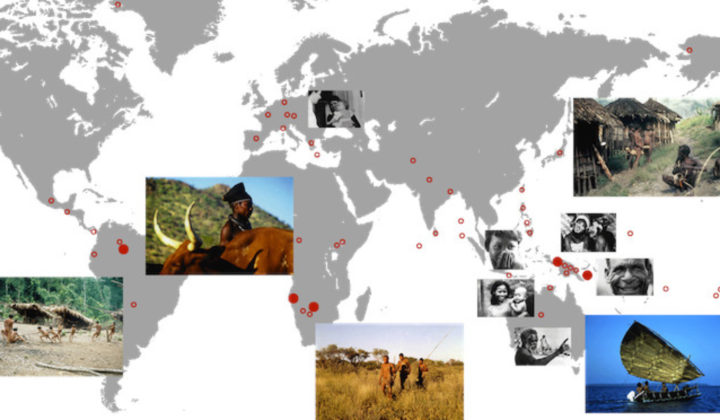Palaeoanthropology
Tertiary Mammals & Morphometrics
In the Section Tertiary Mammals and Morphometrics, palaeoanthropologists and palaeontologists are working on questions on the evolution of mammals and their adaptation to the environment. The focus here is on the evolution of humans from the earliest apes from more than 10 million years ago to our ancestors.
The research is assigned to the Senckenberg research fields Research Field 1 Biodiversity, Systematics and Evolution, and RF 4 Biodiversity and Earth System Dynamics.
In interdisciplinary field projects together with international partners we are looking for fossil remains of our ancestors and the accompanying fauna and flora in original deposits of rivers and lakes. After lab preparation fossil bones and teeth become digitized applying 3-D computer imaging techniques, and their evolutionary developmental stages are examined in the section’s own Virtual Imaging Laboratory. The use of virtual survey and measuring methods (virtual morphometry) makes it possible to study temporal changes, diversity and function of complex bone and tooth hard tissue structures, and their relationship with the environment.
The results of basic research on tooth function, and the exchange of subject-specific knowledge about the natural construction and chewing function of mammalian teeth can lead to applications in modern dentistry, prosthodontics and dental technology.







